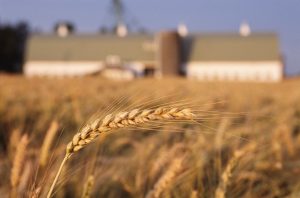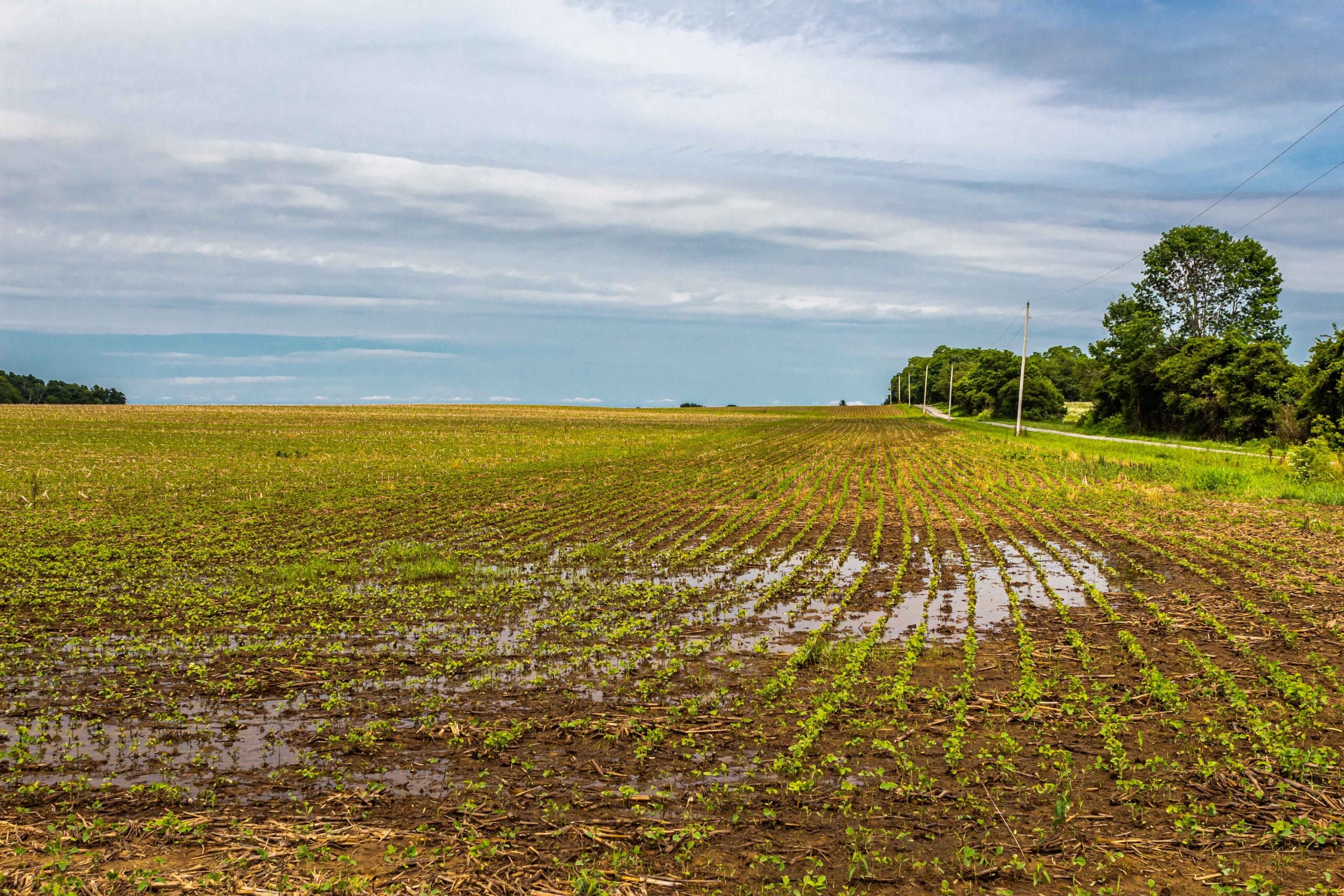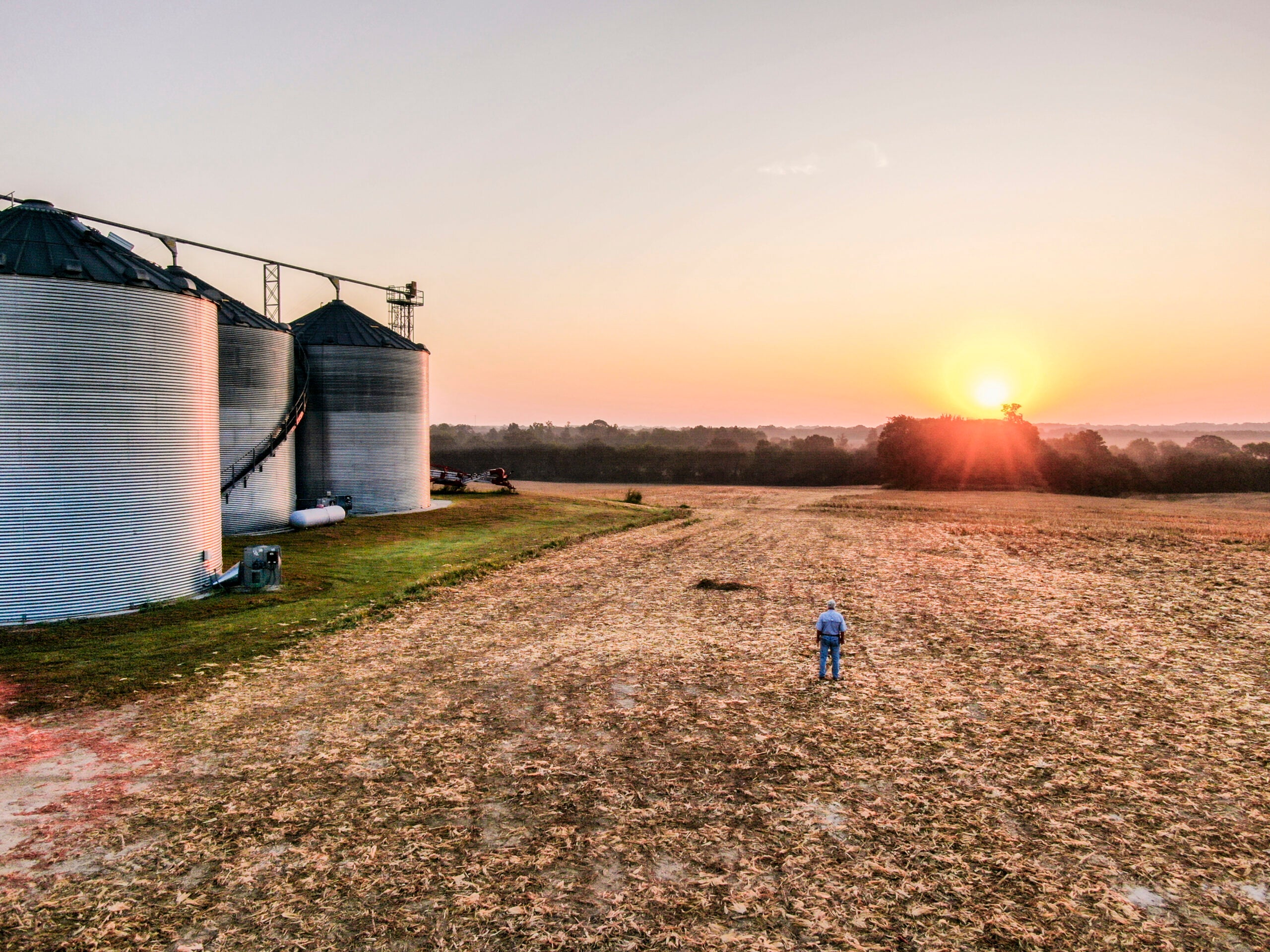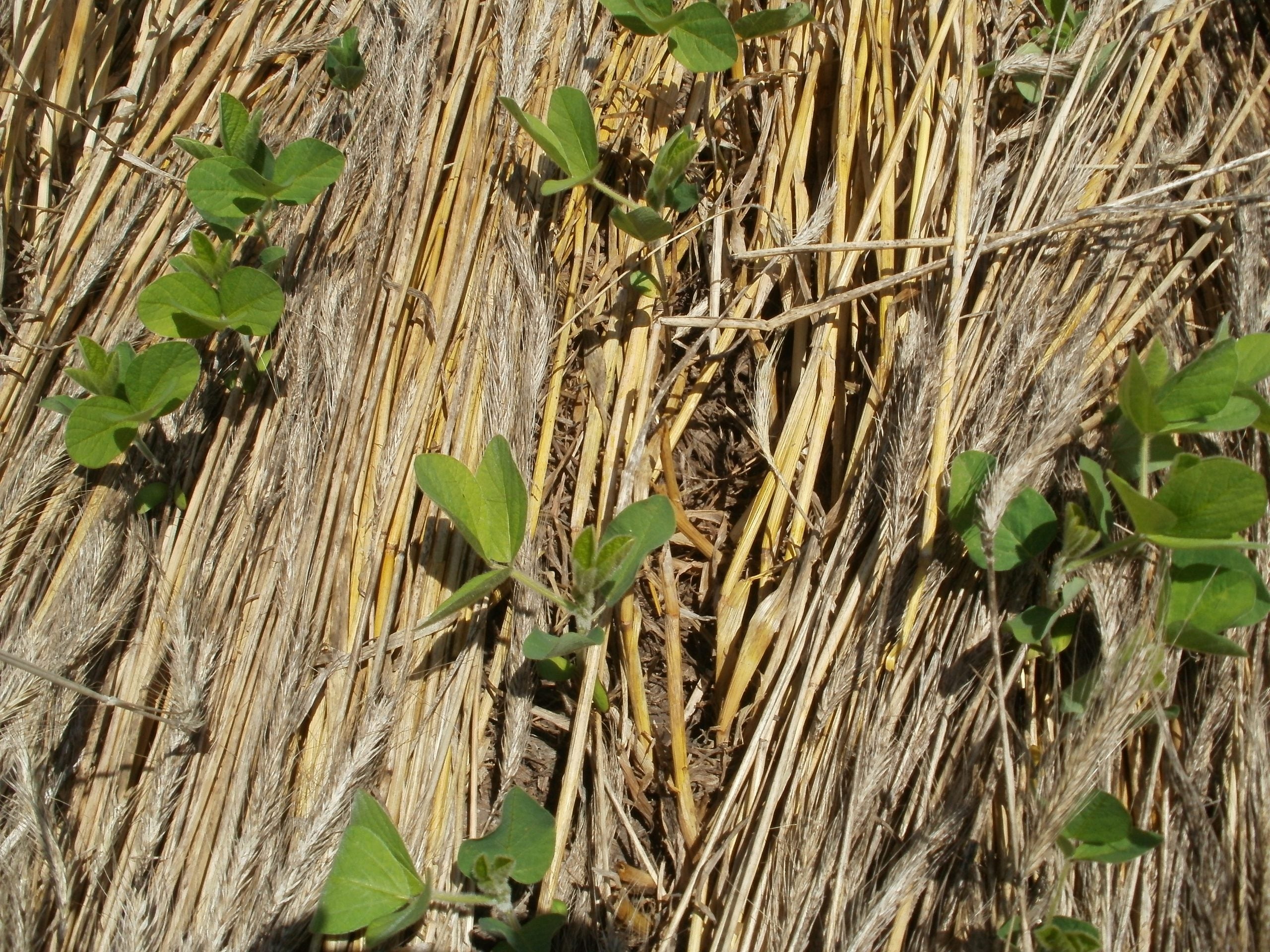Last year, the U.S. faced its fourth most costly year of extreme weather, contributing to more than $20 billion in agricultural losses. As this trend of increasingly extreme weather continues, modernizing agricultural insurance in the U.S. is a crucial step toward protecting farmers’ financial stability and reducing the risks they face when transitioning to climate-resilient practices.
Growing Returns
Selected tag(s): crop insurance
Modernizing agricultural insurance to strengthen farmers’ ability to adapt
A new resource hub empowers crop insurers and farmers to boost financial resilience to extreme weather
From extensive droughts across the Great Plains and back-to-back hurricanes damaging vegetable and citrus crops in the Southeast, the last two production seasons have demonstrated the intensifying damage of extreme weather on America’s farms. In 2023 alone, natural disasters caused nearly $22 billion in crop and rangeland losses. While crop insurance is a critical safety net for farmers, the growing impact of climate change underscores the need for proactive resilience strategies on the farm.
Recognizing this, Chubb and its crop insurance division Rain & Hail — the largest crop and agriculture insurance provider in the U.S. — has launched a new resource hub designed to equip farmers and crop insurance agents with essential tools, insights and advisors to increase on-farm resilience. Environmental Defense Fund Climate Corps fellow Carter Purcell led the development of the hub during her time at Chubb.
The new resource hub highlights the increasing need for comprehensive risk management solutions that not only protect farms financially in the short term, but also support long-term resilience.
Learn more about the relationship between crop insurance and resilience to extreme weather, and why it’s critical to provide solutions that support farmers’ short- and long-term financial resilience.
New analysis shows cover crops and no-till reduce crop insurance claims
The extremely wet spring of 2019 caused 14.2 million acres of cropland to go unplanted in the Midwest. Farmers across the region had flooded fields that kept them from getting equipment onto the fields to plant their crops. This resulted in over $4 billion of prevent-plant crop insurance claims, which assists farmers when weather conditions keep them from planting a crop altogether. Amidst these adverse weather challenges, farmers who were using cover crops and no-till reported facing less water on their fields, which allowed them to plant when their neighbors couldn’t.
A new study backs up these Midwest farmer stories with big data. Read More
3 recent USDA wins and what the department should do next
Over the past several weeks, the U.S. Department of Agriculture has made important progress in advancing climate-smart agriculture and creating equitable opportunities for producers to be part of the climate solution.
Here are three recent examples of progress you may have missed in the news, plus next steps for the agency to continue this momentum. Read More
Study shows healthy soils protect corn yields and lower crop insurance payouts
Managing risks presented by extreme weather conditions such as heat and drought is a top priority of farmers and policymakers, as researchers predict that higher temperatures and reduced precipitation could reduce yields by up to 30% over the next 50 years.
Farmers are already experiencing these impacts and becoming increasingly dependent on the Federal Crop Insurance Program to manage the resulting yield risks. As of this February, 2020 crop insurance indemnities totaled $7.7 billion, with just over 60% of the average crop insurance premiums covered by the taxpayer. Read More
How farmers’ business partners benefit from conservation
Most efforts to advance agricultural conservation focus on the farmer – with good reason, since conservation practice adoption is the direct result of farmers’ decisions, time and resources. They also focus, of course, on the environment, as the need to improve water quality and reduce greenhouse gas emissions from agriculture grows.
But conservation efforts must also recognize the relationships between farmers and their business partners. Agricultural lenders, crop insurers and landowners are critical to achieving widespread conservation adoption, and it’s in their financial interest to do so. Here’s why. Read More
Four near-term market and policy opportunities for increasing agricultural resilience
Every day farmers across the U.S. face unprecedented pressures from a variety of factors, including policy and regulations, markets and trade, and variability in input costs. With extreme weather becoming a new normal and the global population climbing toward 11 billion people by 2100, it is imperative that we build a food and agriculture system that can absorb and recover from these stresses.
This summer, Environmental Defense Fund, National Corn Growers Association and Farm Journal Foundation convened a stakeholder dialogue about the challenges facing the agriculture industry and recommended paths forward.
A new white paper [PDF] summarizes key findings from the discussion, which also included ideas for better equipping farmers with the tools and incentives they need to identify and adopt climate-smart solutions.
Here are four policy and market opportunities that can help boost agricultural resilience. Read More
5 reasons why the Senate farm bill is a conservation powerhouse
The Senate votes this week on the farm bill – an $867 billion piece of legislation. Within the bill’s 1,200 pages are big advances for conservation, technology and innovation.
In addition to the bill maintaining full funding for the conservation title, here are five reasons why producers, consumers and environmentalists should celebrate the Senate farm bill and champion the inclusion of these key provisions in the House and Senate compromise bill.
The farm bill can make the ag data revolution a reality
For big data to truly revolutionize agricultural productivity and sustainability, data needs to be accessible. Industry and government have already collected troves of data points. The trick now is to combine disparate data sets and make them available to farmers, researchers and advisers – all while meticulously protecting producer privacy.
The private sector moved aggressively in 2017 to provide farmers with solutions for collecting and interpreting their data. $500 million in investments flowed to start-ups providing farm management software, sensing and other data solutions – a sector with 27 percent year-over-year growth.
It’s time for the public sector to do the same. Here’s how the next farm bill can ensure farmers see benefits from their data. Read More
Conservation relies on profitability
 Whether in agriculture or any other business, if you don’t have enough money coming in to pay the bills, it’s hard to find the time or resources for anything other than working to turn a red budget spreadsheet black.
Whether in agriculture or any other business, if you don’t have enough money coming in to pay the bills, it’s hard to find the time or resources for anything other than working to turn a red budget spreadsheet black.
A wheat farmer friend from Washington recently told me that current prices are $4/bushel, the same as 40 years ago. Take into account inflation, and that’s a significant decline. Nationally, the USDA predicts that net farm income will drop by almost 9 percent this year, the fourth year in a row of declines after reaching a record high in 2013. Farmers also face enormous volatility in income, with fluctuations in yield, demand, as well as crop and input prices.
It’s no surprise then that environmentalists’ calls to cut crop insurance, disaster programs or other conservation payments fall on deaf ears in the agricultural community – or serve only to raise blood pressure levels across the Corn Belt. Read More













